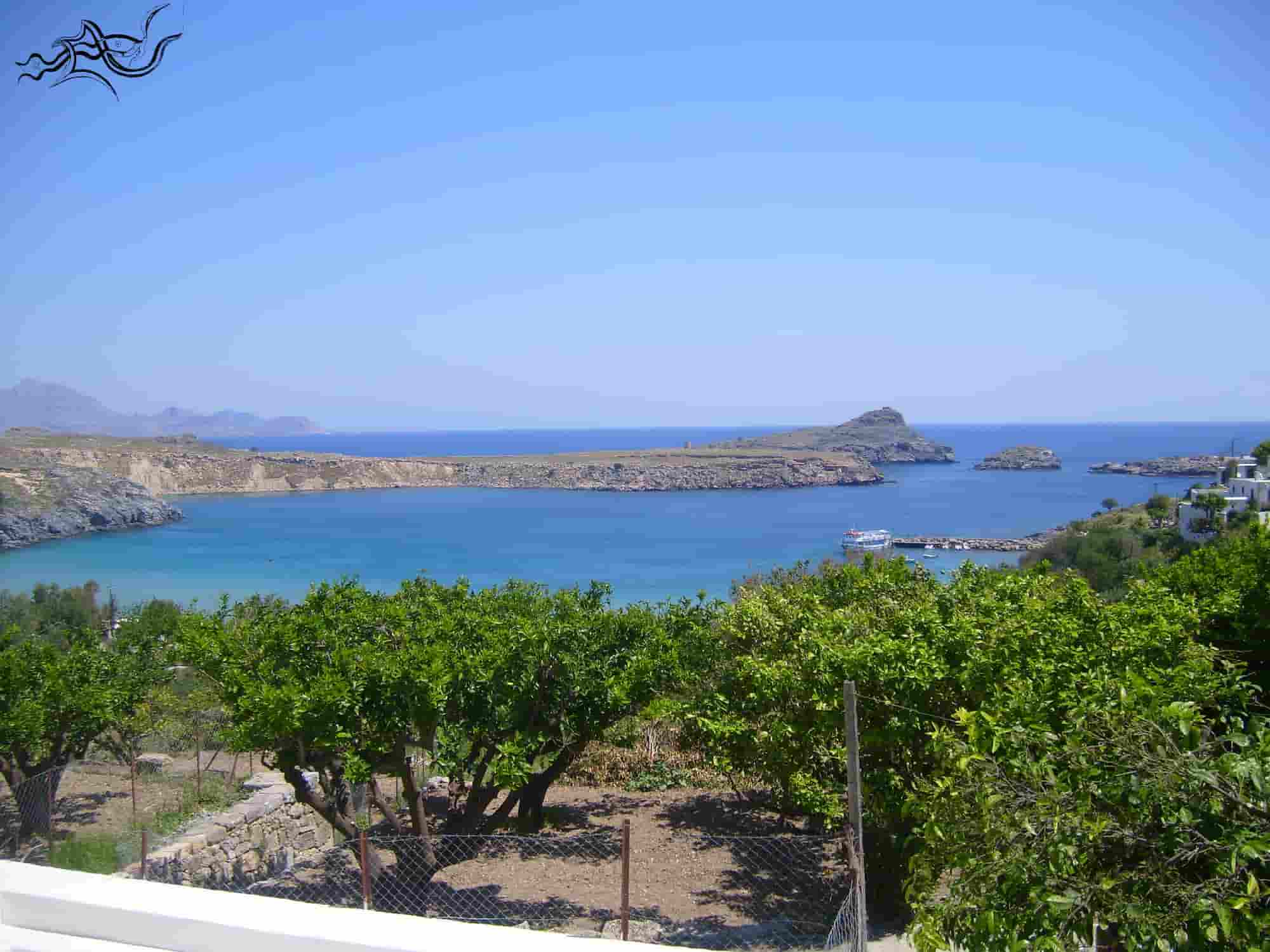
Creating a vegetable garden by the sea
All our tips for growing beautiful vegetables in a garden by the Atlantic coast
Contents
Living by the sea is an undeniable privilege, and you delight in the view you enjoy every day, the mild climate, and the proximity to the beach. However, this location on the Atlantic coast comes with some constraints, such as the omnipresence of wind, which can be fierce during storm episodes, and salt-laden spray. As for your soil, it is often sandy, poor, ultra-draining, and even unstable. These are factors you must take into account if you wish to create a vegetable garden by the ocean. Follow all our advice on managing soil, wind, and spray, as well as choosing the vegetable plants to grow.
The benefits of coastal gardening
On the Atlantic coast, a vegetable garden will be subjected to particular conditions. There is the inevitable wind that can be very violent during storms, or simply when it blows in gusts. One must also contend with the salty sea spray. These small salty droplets settle on the plants, which may not appreciate them.
However, this proximity to the ocean also presents significant advantages for the gardener, starting with the mild climate. Indeed, along the Atlantic coast, summers are moderately warm, with heatwaves being attenuated by winds from the sea, and winters are rather mild. Frosts are extremely rare and never severe. As a result, the temperature variations between summer and winter are very low. Moreover, rainfall is spread throughout the year, and sunshine is greater than in other regions. These climatic conditions are therefore ideal for sowing earlier or later in the season, allowing for a longer harvest of good vegetables.
We protect ourselves from the ever-present winds
It is certainly the main challenge to overcome. However, you want to enjoy the view. Therefore, the idea is not to completely close off the space but rather to create a protective plant screen for your vegetable garden. A plant windbreak is recommended: it allows you to reduce the force of the winds without spoiling the landscape. Some plants are particularly resilient and thus suitable for planting by the sea. Create a plant barrier with tamarisks, oleasters with slightly silver foliage, Japanese spindle trees, ceanothuses, Cupressus macrocarpa, laurustinus, photinias, cotoneasters…
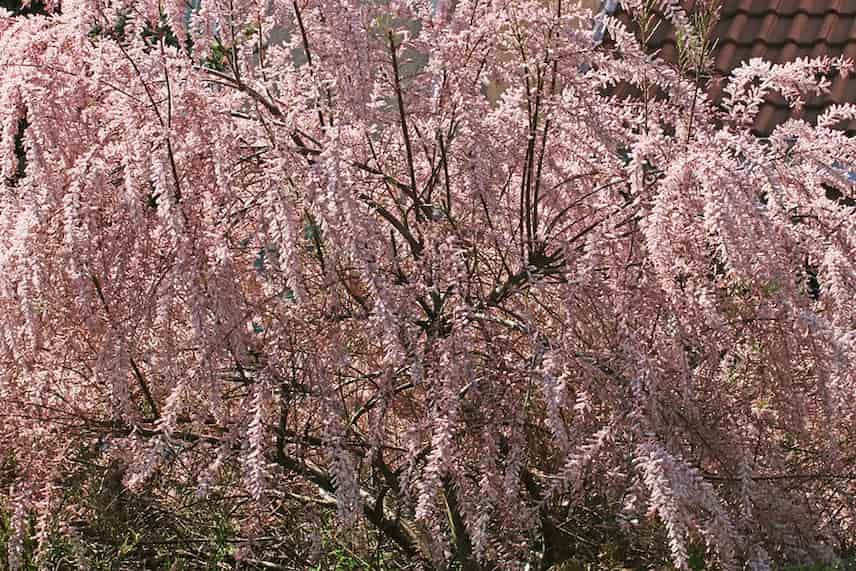
Tamarisks make excellent windbreaks along all coastlines
To strengthen this windbreak hedge, you can also protect your vegetable garden with reed screens or woven heather strips, provided they are secured very firmly.
Discover our tips for creating a windbreak hedge.
Discover other Vegetable gardens
View all →Available in 0 sizes
Available in 0 sizes
Available in 1 sizes
Available in 1 sizes
Available in 1 sizes
Available in 1 sizes
Available in 1 sizes
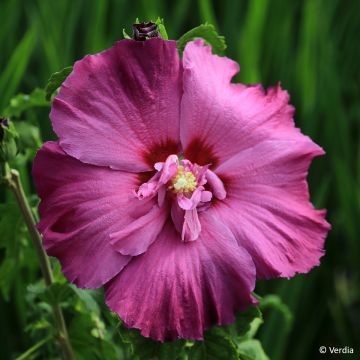
Available in 1 sizes
Available in 1 sizes
Available in 1 sizes
We improve the soil
The other major challenge of coastal vegetable gardening lies in the nature of the soils. Without overgeneralising, coastal soils are often sandy, making them very permeable, highly draining, poor, and sometimes acidic. Rainwater infiltrates easily but escapes just as quickly. As a result, minerals are washed away. However, these soils are an asset as they are never waterlogged and therefore warm up more easily. Some vegetables, particularly root vegetables, thrive in this type of soil.
To maximise your chances of success, you will still need to enrich this poor soil with substantial amounts of compost or well-decomposed manure. Adding organic matter will help retain the nutrients that plants need to grow. In autumn, do not hesitate to dig deeply to incorporate the compost well, as it may be leached away if simply spread on the surface.
Similarly, you might take advantage of the proximity to the coast to gather its riches, particularly marine algae such as seaweed, which makes an excellent fertiliser for the vegetable garden. However, be careful not to use them fresh as they are too high in salt. Simply collect them in spring and pile them up. Rain will leach the salt from the seaweed, which can then be incorporated into the soil by autumn.
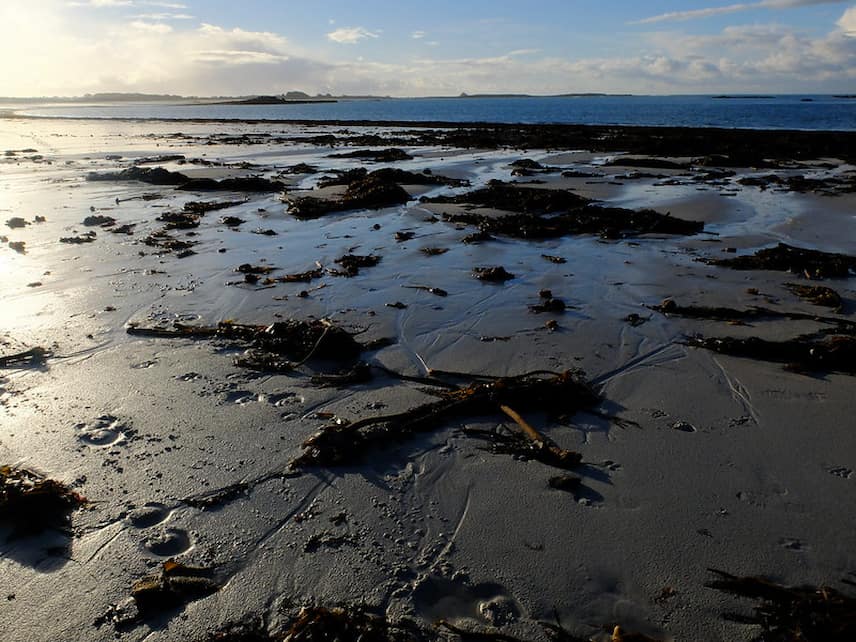
The seaweed that washes up on the beaches at low tide makes an excellent soil amendment
We mulch to limit the evaporation of rainwater
On the Atlantic coast, rainfall is indeed more significant but, more importantly, better distributed than elsewhere. However, because it falls on predominantly sandy soils, it does not penetrate sufficiently and runs off. Mulching will therefore help to limit leaching as well as evaporation of water. Ultimately, the nutrients and minerals necessary for the development of vegetable plants remain in the soil.
When it comes to mulch, you have options. Prefer a mulch type of RCW (ramial chipped wood), which promotes biological activity and is therefore ideal for poor soils. Conversely, avoid pine bark, which is abundant along the Atlantic coast. It is far too acidic and should be reserved for heather soil beds in ornamental gardens.
We sow earlier
On the Atlantic coast, summers are warm without being scorching, and winters are mild. As a result, the growing seasons are much longer than elsewhere. And sowing can begin earlier. Thus, sowing of carrots, radishes, and onions can start as early as the last week of February. Potatoes are planted at the end of March and will be delicious when consumed as new potatoes. Beans are planted at the end of April. As for fruiting vegetables like tomatoes or courgettes, they can be planted outdoors from the beginning of May.
Which vegetables to grow in a garden located on the coast?
Some vegetables can thrive in a seaside vegetable garden. In particular, the brassicas such as cabbages. Cauliflowers (the floret of Brittany), curly kales, Brussels sprouts, and Asian cabbages like pe-tsai and pak choi will thrive by the sea.
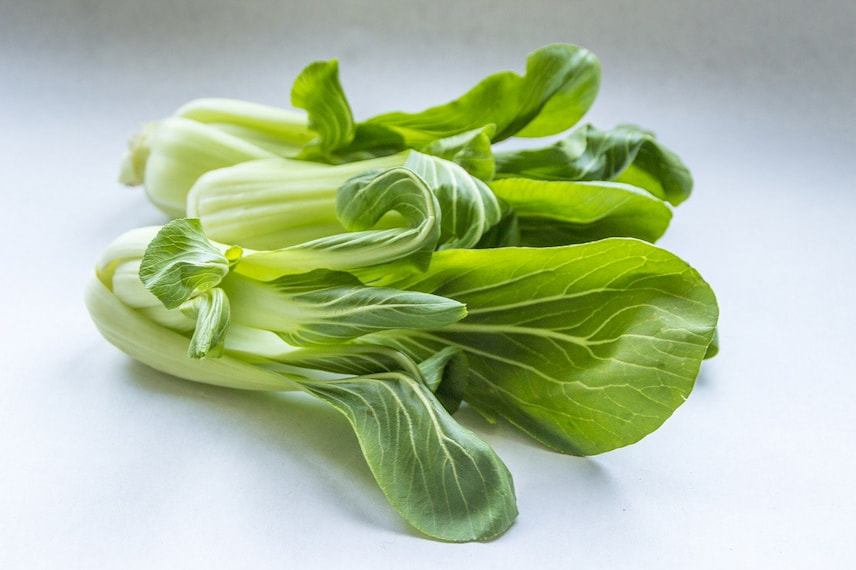
Asian cabbages pe-tsai and pak choi thrive on the coast
Root vegetables such as carrots, beetroots, radishes, turnips, and potatoes also thrive in the sandy soils of the Atlantic coast. You should also consider growing legumes such as peas, dried beans, broad beans, or lentils.
Leeks adapt very well to the climatic conditions of the coast, just like onions, garlic, or shallots, which should not be mulched as they are sensitive to moisture.
Finally, in a sunny spot sheltered from the wind, fruiting vegetables such as tomatoes, aubergines, squashes, or melons can develop perfectly.
As for soft fruits, strawberries thrive in a seaside vegetable garden, as do raspberries and currants.
Vegetables to (re)discover
Some vegetable plants grow (or rather used to grow as they are gradually disappearing in the wild) along the Atlantic coasts:
- The sea kale (Crambe maritima), whose young shoots are edible. In addition to its edible shoots, which can be blanched like asparagus, its leaves and flower buds before blooming can also be eaten like cabbage or broccoli. In the vegetable garden, sea kale prefers light, well-drained soil and sunny locations.
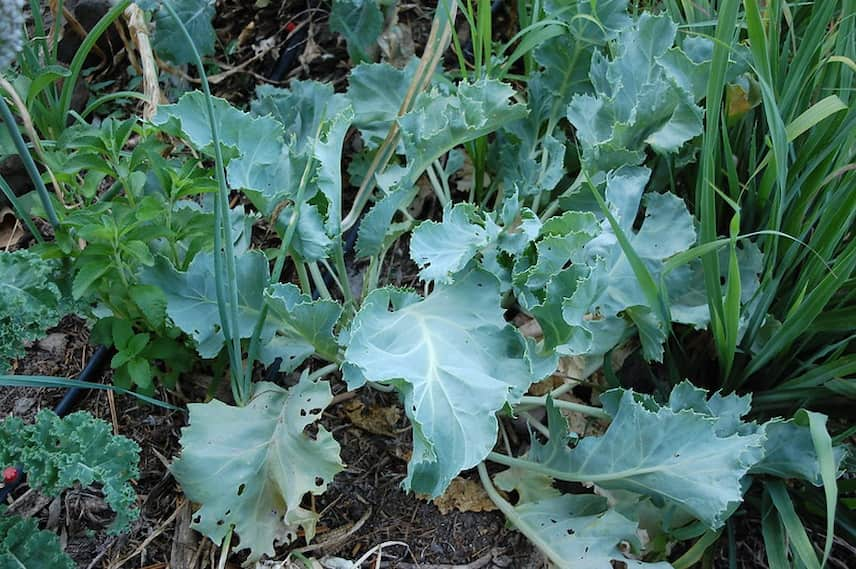 Sea kale
Sea kale
- The rock samphire (Crithmum maritimum) is also known as sea fennel or stonewort, growing on cliffs and rocks. It is completely unfazed by sea spray. Its leaves have a briny flavour and a taste reminiscent of carrot. The leaves can be eaten raw in salads. In the vegetable garden, rock samphire enjoys full sun and is sown in March-April.
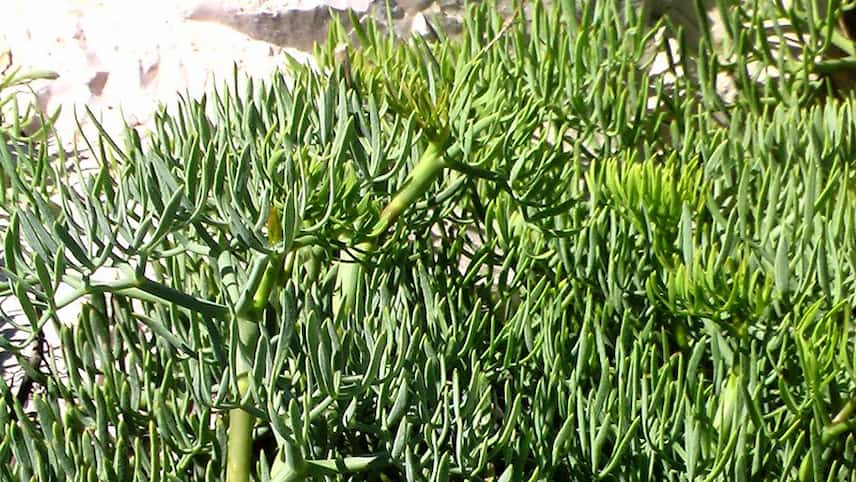 Rock samphire
Rock samphire
- The sea orach (Atriplex halinus) is also known as sea purslane. Like other oraches making a comeback in the vegetable garden, sea orach belongs to the same family as spinach. It is easy to grow along the coast as it is resistant to wind, sand, and salt. The leaves can be eaten raw in salads or cooked.
- The oyster plant (Mertensia maritima) is a plant native to the Atlantic coast with a surprising oyster-like flavour. This is why it is often referred to as the vegetable oyster or garden oyster. This perennial is identifiable by its bluish foliage. It is easy to cultivate in the vegetable garden or even in pots. Its leaves can be consumed raw in salads or with fish dishes.
- Subscribe!
- Contents
































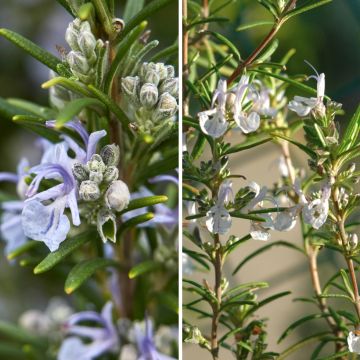
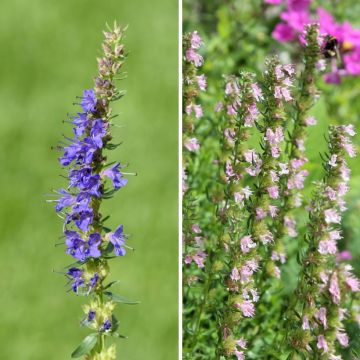
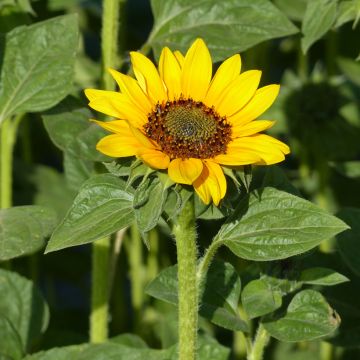
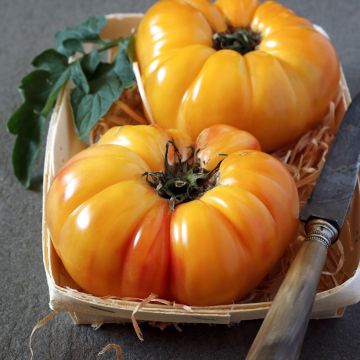
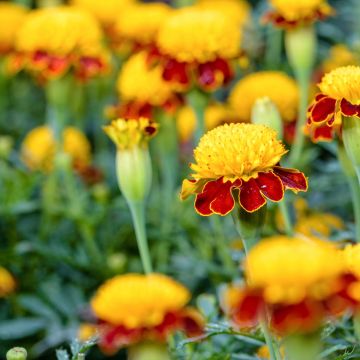
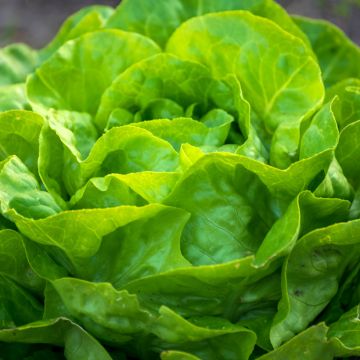
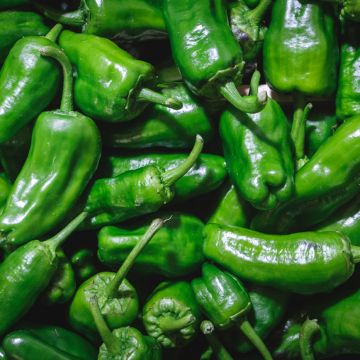
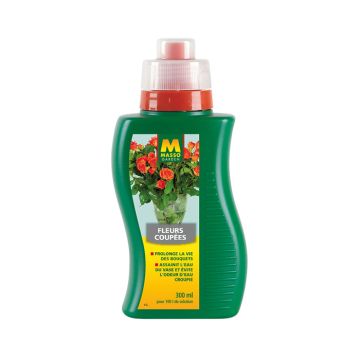
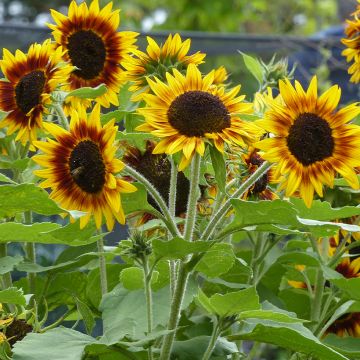
Comments